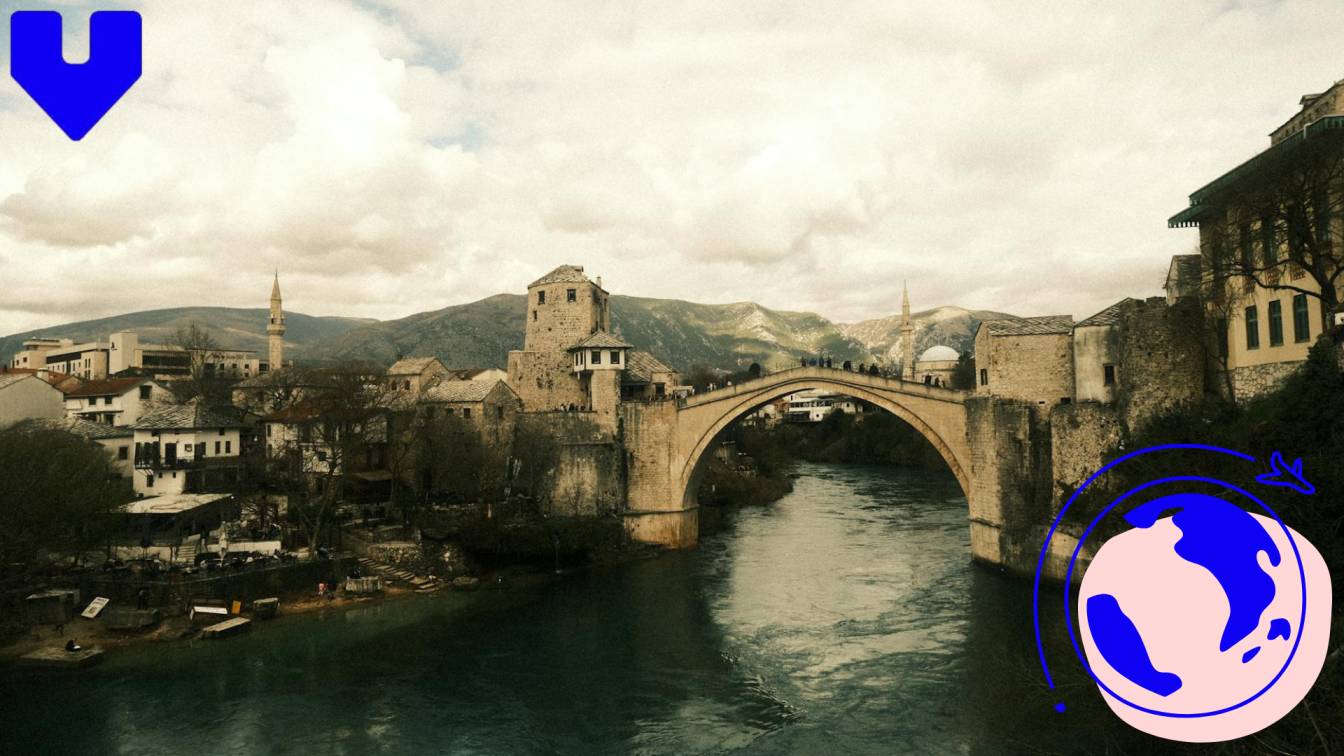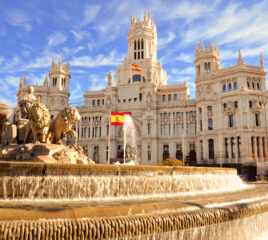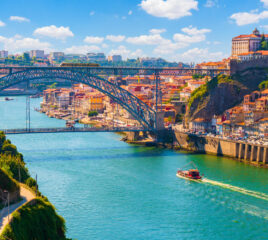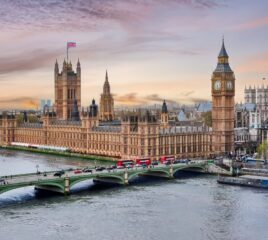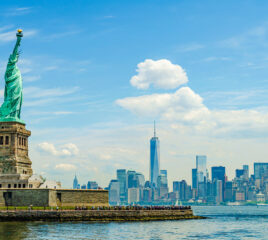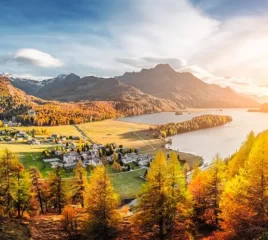Note that iPhone devices from Mainland China aren’t eSIM compatible. Also iPhone devices from Hong Kong and Macao aren’t compatible (except for iPhone 13 Mini, iPhone 12 Mini, iPhone SE 2020 and iPhone XS)
Beyond Sarajevo: Discover Bosnia’s Other Cities
For many travelers, Sarajevo is the first image that comes to mind when thinking of Bosnia and Herzegovina – a city of layered history, Ottoman bazaar streets, and the echoes of 20th-century events. But this Balkan nation offers far more than its capital. From riverside towns and medieval fortresses to university hubs and Adriatic escapes, Bosnia and Herzegovina’s other cities hold their own rich stories, local flavors, and distinctive rhythms.
Traveling beyond Sarajevo allows you to see a broader cultural spectrum – regions shaped by centuries of trade, migration, and natural wonders. Each city has its own atmosphere: some slow-paced and sun-drenched, others bustling with students and market traders. This guide takes you through the most remarkable urban destinations in the country that deserve a place on your itinerary.
Mostar – The City of the Iconic Bridge
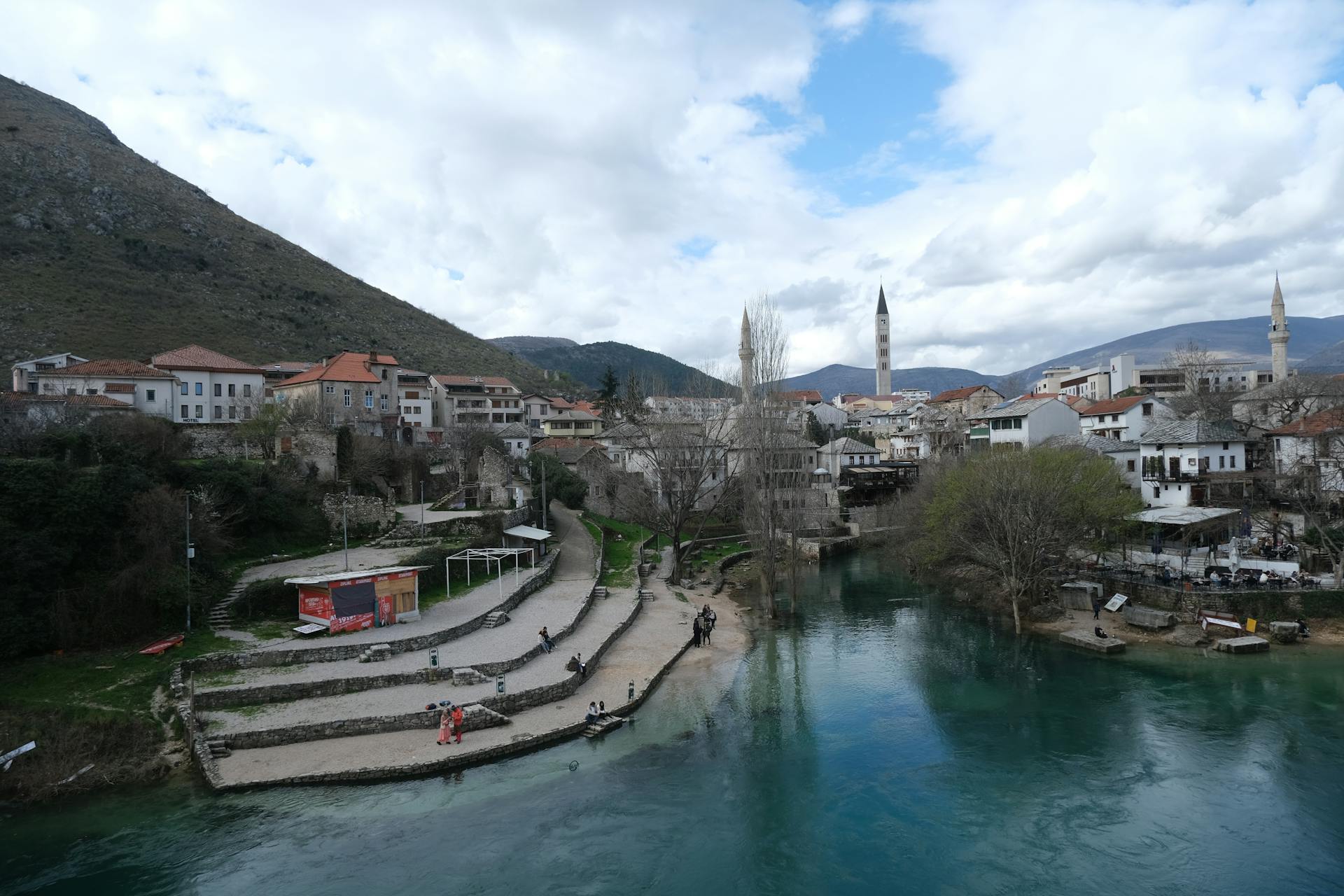
Best known for its graceful Stari Most arching over the Neretva River, Mostar is a vibrant blend of Ottoman charm, lively markets, and dramatic history that continues to draw visitors from around the world.
- Stari Most – the iconic 16th-century Ottoman bridge spanning the Neretva River.
- Ottoman architecture – stone houses, narrow cobbled streets, and historic mosques.
- Old Bazaar (Bazar Kujundžiluk) – vibrant market with handicrafts, souvenirs, and local art.
- Local coffee culture – traditional Bosnian coffee served in copper džezvas.
- Bridge diving tradition – skilled locals leap from Stari Most into the river below.
- Koski Mehmed Pasha Mosque – offers panoramic views from its minaret.
- Blagaj Tekija nearby – a beautiful Dervish monastery at the source of the Buna River.
- War history reminders – museums and street art reflecting the city’s turbulent past.
- Surrounding scenery – dramatic mountains and turquoise waters perfect for photography.
A Symbol Rebuilt
Mostar is arguably the most famous city in Bosnia and Herzegovina after Sarajevo, largely due to its Stari Most (Old Bridge) – a UNESCO World Heritage site and an enduring symbol of reconciliation. Destroyed during the 1990s conflict and meticulously reconstructed, the bridge once again connects the Neretva River’s banks and the communities on either side.
Old Town Wanderings
Mostar’s cobblestone streets invite slow exploration. The Kujundžiluk Bazaar brims with copperware, textiles, and handmade jewelry. Ottoman-era mosques, such as Koski Mehmed Pasha Mosque, offer minaret climbs for sweeping city views. Street cafés along the riverbank serve traditional Bosnian coffee – a ritual in itself – alongside baklava and fig desserts.
The Bridge Divers
A distinctive tradition here is the daring leap from Stari Most into the cold Neretva waters. Trained divers perform this feat in the summer months, drawing crowds of both locals and tourists. If you’re adventurous and meet safety requirements, you can take a course to join them.
Getting There and Around
Mostar is reachable by train or bus from Sarajevo, and from Croatia’s Dalmatian coast. Once in town, walking is the best way to navigate the compact center. Taxis and local buses connect you to outlying neighborhoods and nearby attractions like Blagaj Tekija – a cliffside Dervish monastery.
Banja Luka – The Green City
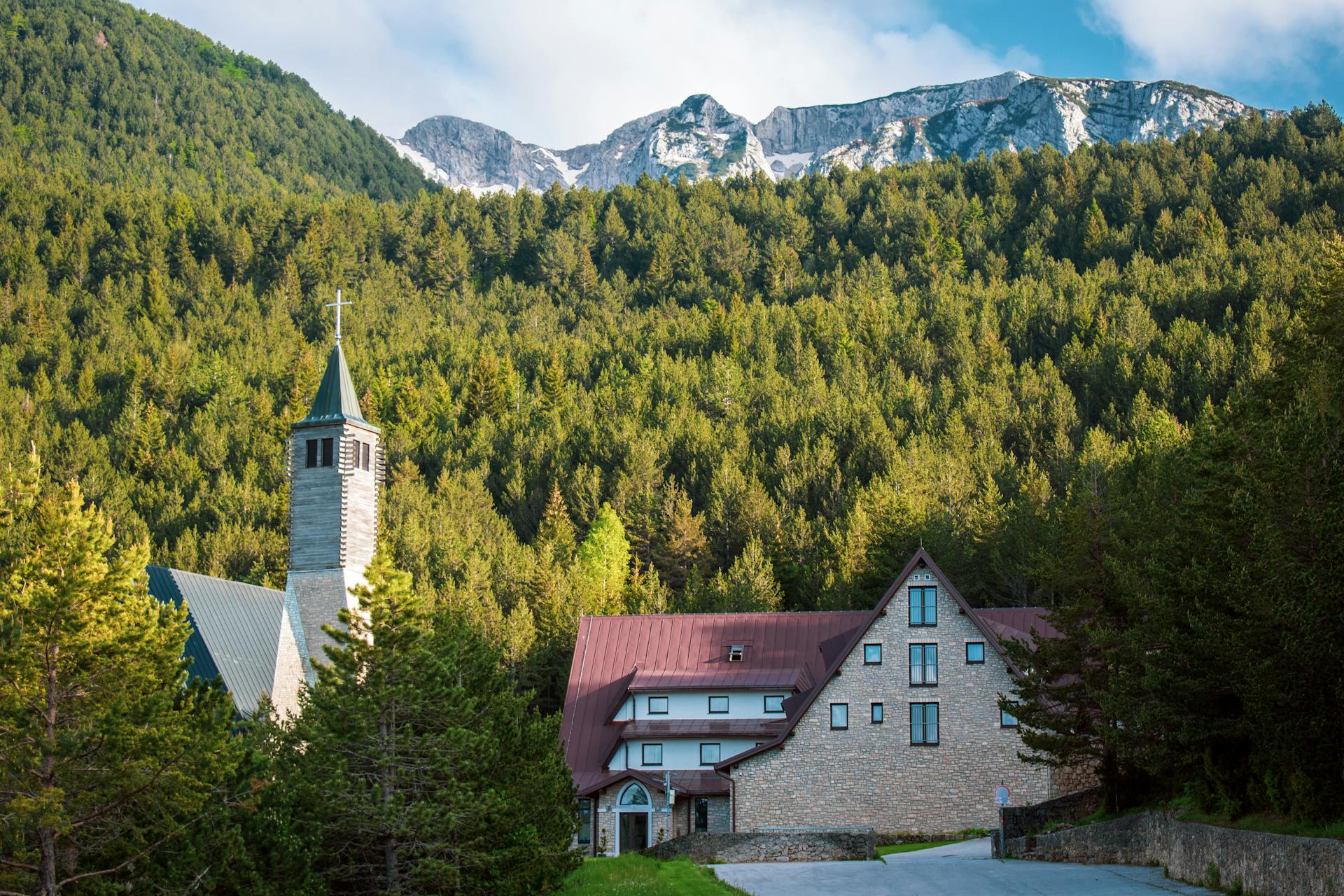
Framed by the Vrbas River and tree-lined boulevards, Banja Luka offers a relaxed pace, abundant parks, and a welcoming blend of history, culture, and outdoor adventure.
Northern Charm
Set along the Vrbas River, Banja Luka is Bosnia and Herzegovina’s second-largest city and the capital of Republika Srpska. Known for its abundance of green spaces, chestnut-lined boulevards, and relaxed riverside culture, it offers a distinctly different feel from the capital.
Fortress and Cultural Stops
The Kastell Fortress, dating back to Roman times, anchors the city’s historical narrative. In the modern center, you’ll find the Cathedral of Christ the Savior – an architectural icon with intricate frescoes. Museums like the Museum of Contemporary Art of Republika Srpska showcase regional and international works.
Outdoor Lifestyle
Banja Luka thrives outdoors. Rafting and kayaking on the Vrbas River are popular, as are hikes in the surrounding hills. The city’s thermal springs have also attracted spa culture enthusiasts for decades.
Food and Nightlife
The city’s gastronomy blends Balkan and Central European flavors. Try “banjalučki ćevap” – grilled minced meat patties arranged in a signature block – with fresh somun bread. Evening life hums with open-air bars, student cafés, and live music venues.
Trebinje – The Southern Gem
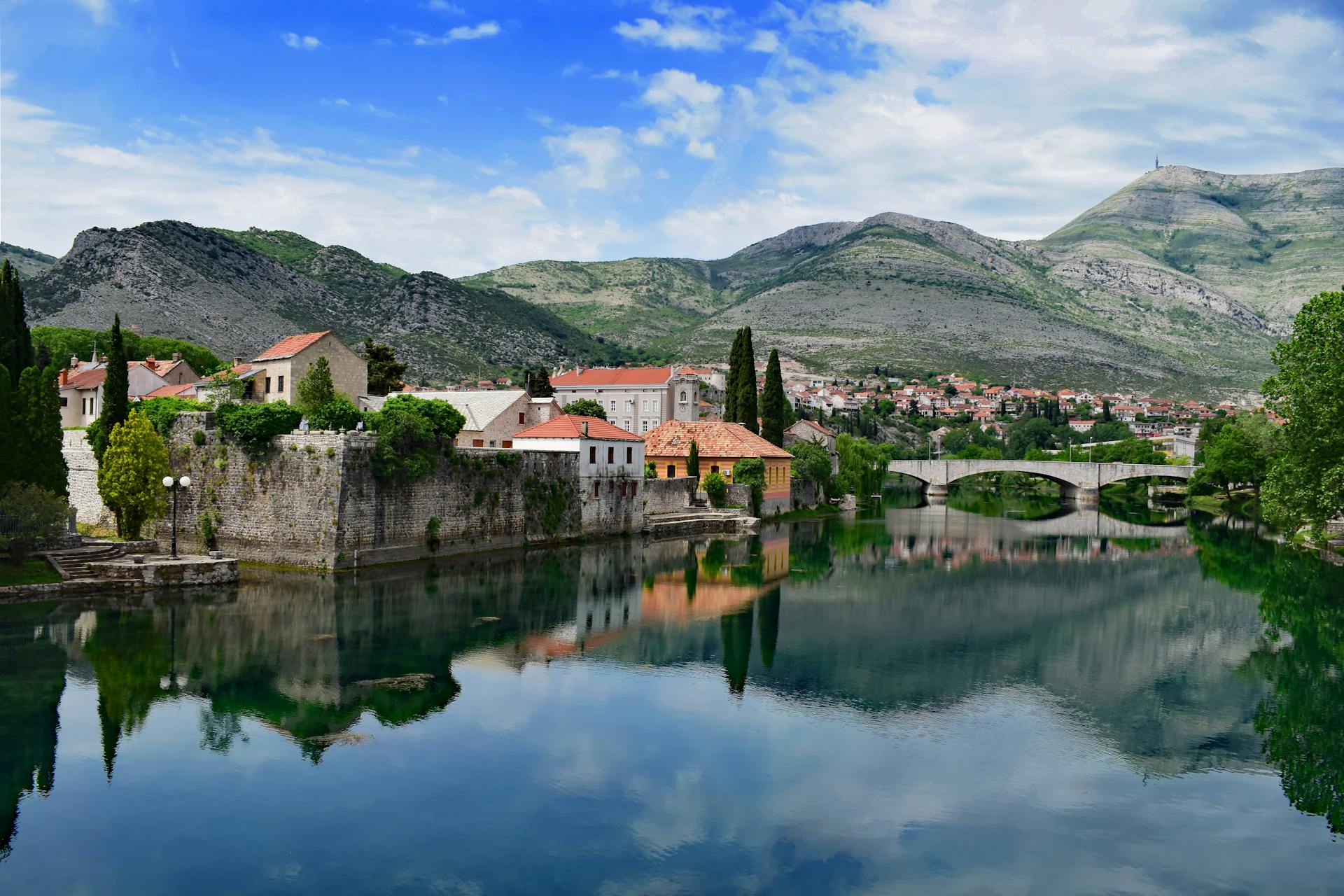
Bathed in sunshine and shaped by its proximity to the Adriatic, Trebinje charms visitors with its stone-built old town, riverside views, and a slower, Mediterranean-influenced way of life.
A Mediterranean Feel
Trebinje lies in the country’s far south, just a short drive from Dubrovnik in Croatia and Herceg Novi in Montenegro. Its location gives it a warm, Mediterranean climate and a blend of cultures influenced by the Adriatic coast.
Historic and Scenic
Trebinje’s Old Town features stone alleys, Ottoman-built arches, and shaded squares. The Arslanagić Bridge offers a postcard-worthy view over the Trebišnjica River. Vineyards around Trebinje produce some of the country’s finest wines, and tastings are easily arranged.
Coffee Culture and Markets
Like much of the country, Trebinje’s café culture is vibrant. Locals spend hours in conversation over small cups of strong coffee. The city’s open-air market is a sensory delight, selling figs, honey, lavender, and olive oil.
Tuzla – The City of Salt
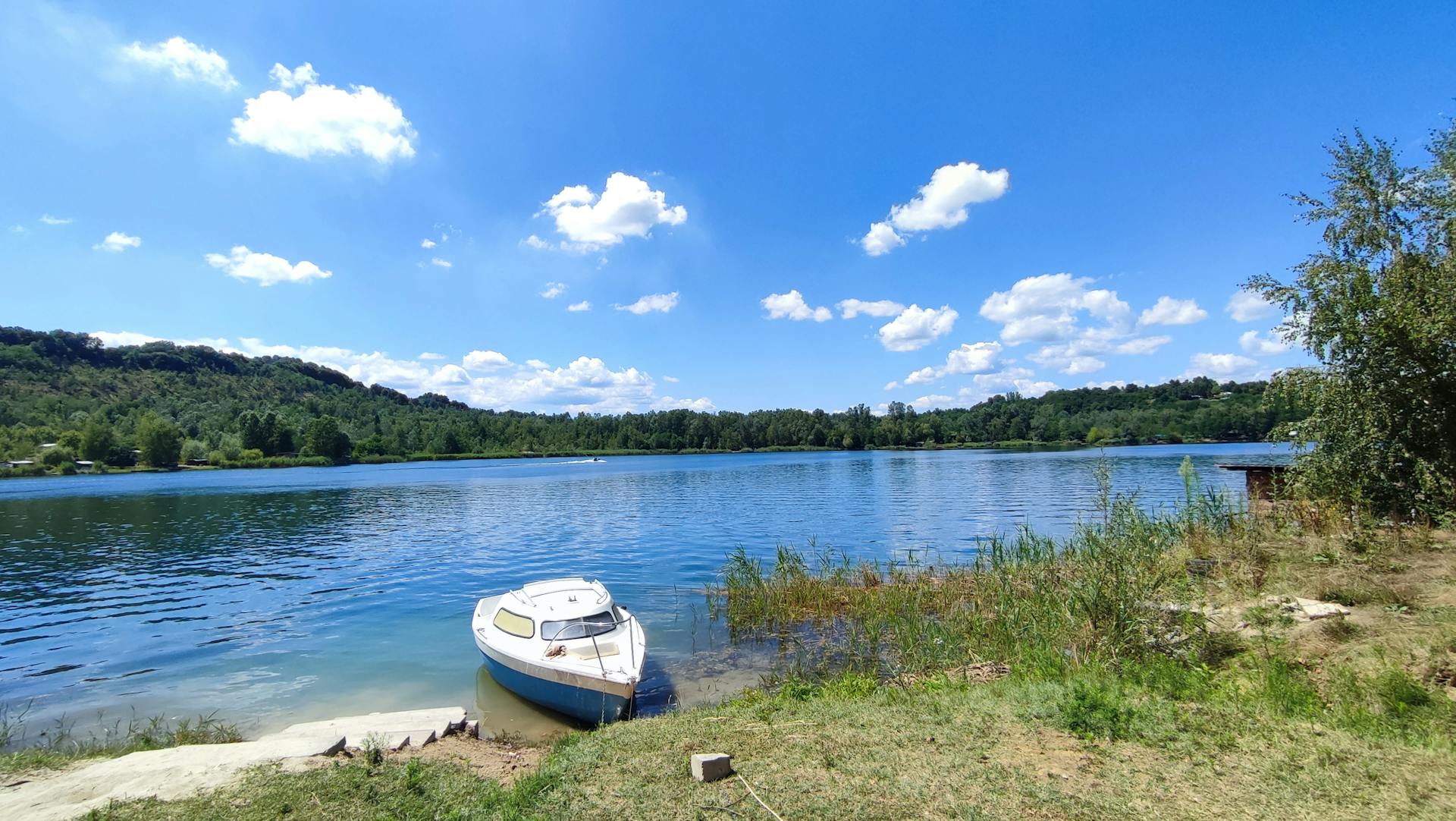
Named for its centuries-old salt production, Tuzla is a lively university city where cultural diversity, open-air gatherings, and unique saltwater lakes create a distinct urban character.
Industrial Roots, Cultural Growth
Named after its salt production (tuz means “salt” in Turkish), Tuzla is a university city with a youthful energy. Once known mainly for its industry, Tuzla has developed a reputation for art, music, and multiculturalism.
Panonska Lakes
One of Tuzla’s most unique attractions is the Panonska Lakes complex – a set of man-made saltwater lakes in the city center, fed by underground springs. In summer, they become the city’s lively social hub.
History and Diversity
Tuzla prides itself on its multiethnic heritage. The city avoided much of the destruction that befell other areas during the war, allowing its cultural fabric to remain intact. Museums and galleries document their complex past and artistic present.
Travel Tip – Staying Connected
While public Wi-Fi is available in many cafés and hotels, coverage can be inconsistent when moving between cities like Trebinje, Banja Luka, and Tuzla. This is why having a reliable mobile data option is important. Using an eSIM for Bosnia and Herzegovina allows travelers to stay online for navigation, translation, and trip planning without hunting for local SIM cards or depending solely on Wi-Fi.
Stay Connected Anywhere in Bosnia
Get reliable internet access across Bosnia and Herzegovina.
Bihać – Gateway to the Una River

Set along the emerald waters of the Una, Bihać is a lively riverside city and the main entry point to Una National Park, where waterfalls, rapids, and pristine nature create unforgettable adventures.
Riverside Beauty and Adventure
Bihać sits on the banks of the emerald-green Una River, a jewel of northwestern Bosnia and Herzegovina. The city serves as the main gateway to Una National Park, where waterfalls, rapids, and lush forests create some of the country’s most stunning scenery.
Outdoor Activities
Adventure seekers come here for white-water rafting, kayaking, and hiking. In summer, the cool river waters offer a refreshing contrast to the warm air, and in autumn, the park glows with gold and amber foliage.
Cultural Layers
Bihać’s historic heart includes the 13th-century Captain’s Tower and the Fethija Mosque, originally built as a Gothic church. The city’s small museums and riverside promenades make it a place to linger, not just pass through.
Jajce – The City of Waterfalls and Kings
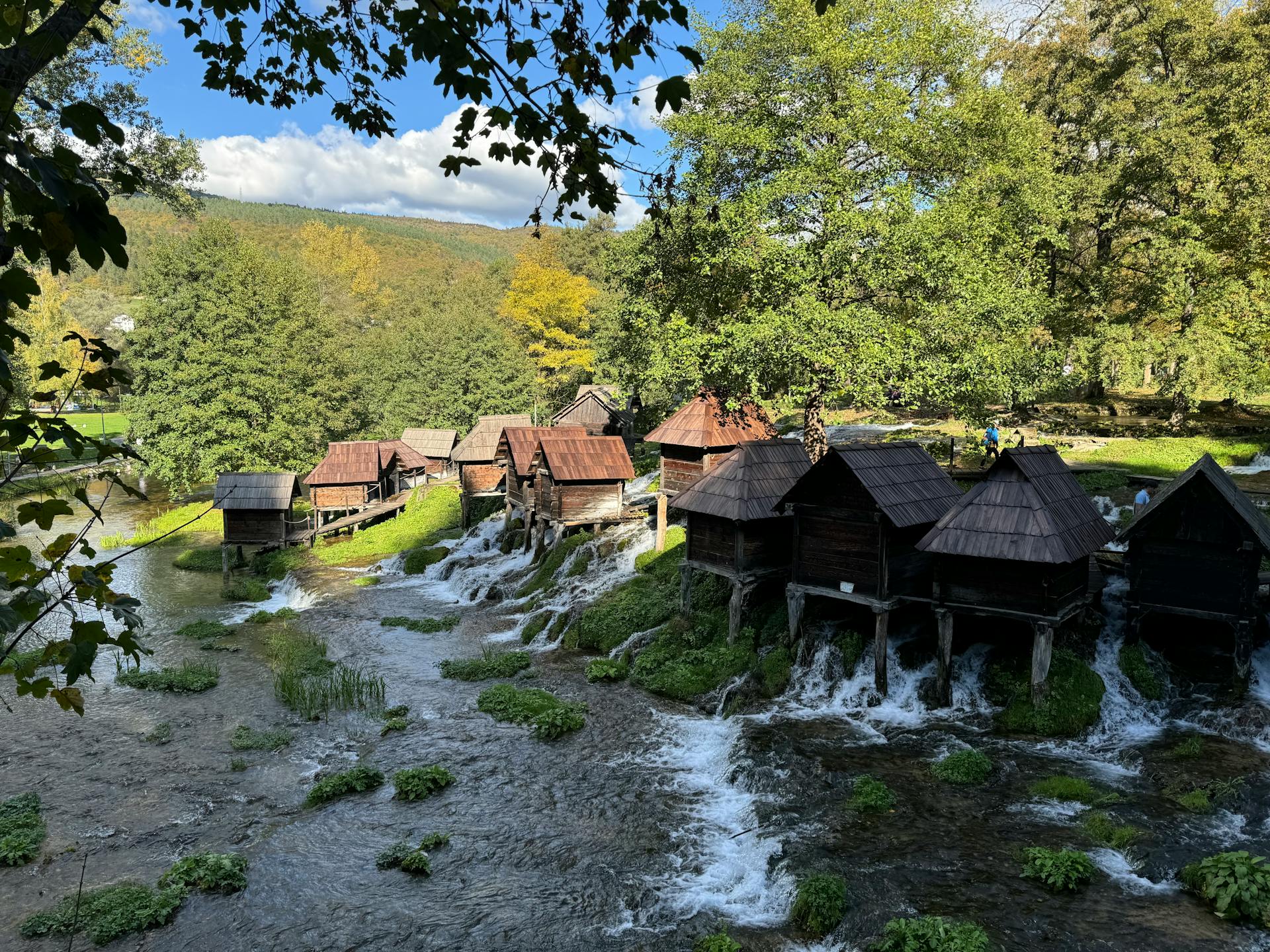
Famous for its rare city-center waterfall and royal medieval past, Jajce blends dramatic natural scenery with deep historical significance, making it one of Bosnia and Herzegovina’s most picturesque towns.
A Unique Town Centerpiece
Few towns can boast a waterfall in the center, but Jajce can. The Pliva Waterfall, where the Pliva River meets the Vrbas, cascades dramatically right beside the old town walls.
Medieval and Royal Past
Jajce was once the seat of Bosnian kings, and its fortress still dominates the skyline. Inside the walls, you’ll find traditional houses, old churches, and remnants of Ottoman influence. The town is also home to a medieval catacomb complex carved into the rock.
Pliva Lakes and Watermills
Just outside town, the Pliva Lakes and their iconic wooden watermills form a serene escape. They’re a popular picnic and fishing area, perfect for a slow afternoon before heading back into the old town.
Zenica – Industrial Strength with Cultural Heart
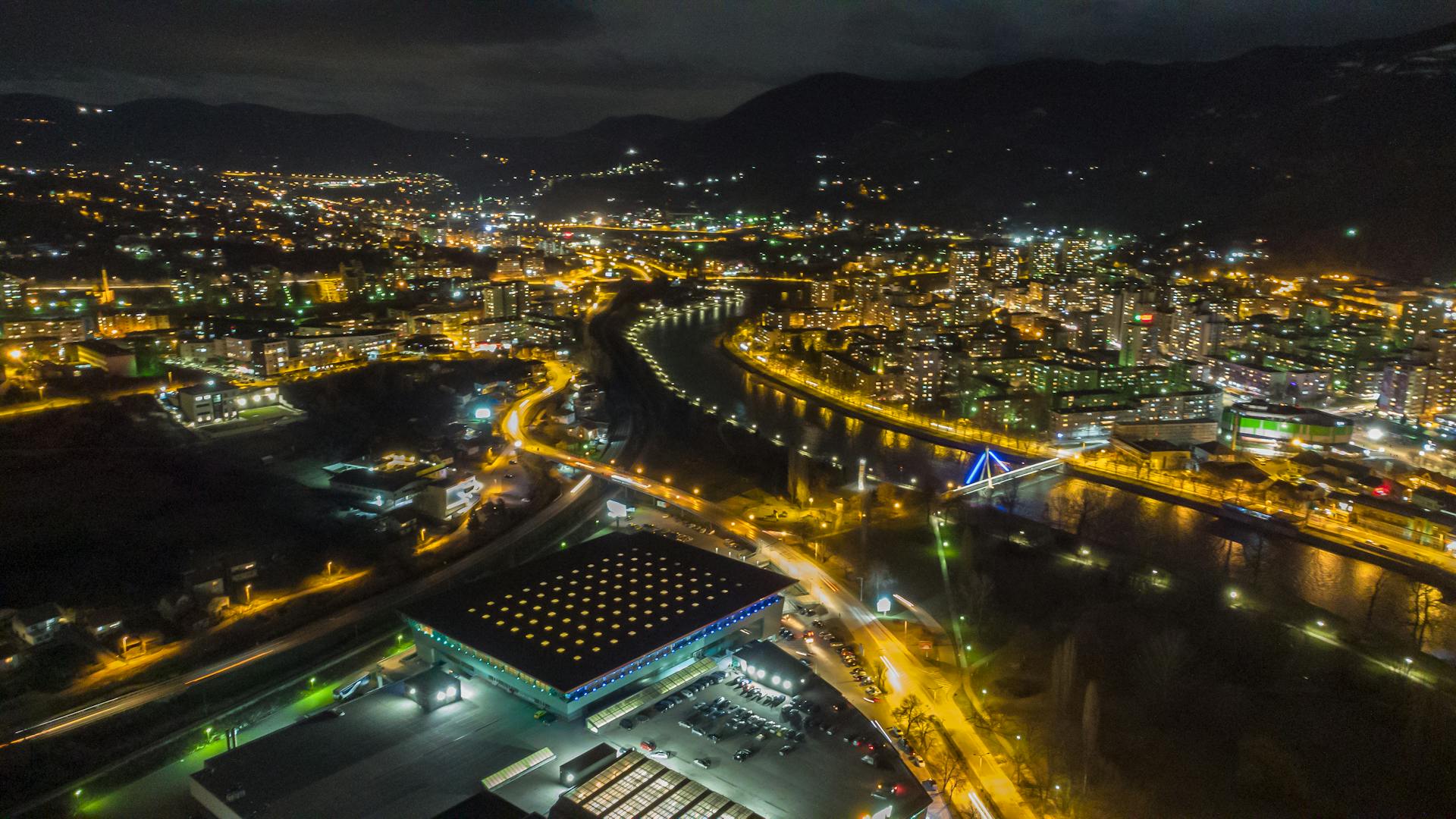
Once defined solely by its steel industry, Zenica has grown into a city that balances its industrial roots with a vibrant cultural scene. Modern public spaces, arts venues, and green areas now complement its strong working-class heritage.
A City in Transition
Zenica, long known as an industrial powerhouse, has been reshaping itself with more cultural, recreational, and green spaces. It’s centrally located, making it a practical stop for travelers moving between northern and southern Bosnia.
Points of Interest
The Bilino Polje Stadium is the home of the national football team, while the city’s cultural center regularly hosts concerts, theater, and exhibitions. The Zenica City Museum and local mosques offer glimpses into the city’s layered history.
Nature on the Edge
The surrounding mountains and river valleys make Zenica a surprising base for day hikes and countryside drives, showing another side to what might first appear as purely industrial.
Livno – Where the Wild Horses Roam

Tucked into the foothills of the Dinaric Alps, Livno is a serene blend of rugged landscapes and timeless tradition. Its rolling highland plains, dotted with free-roaming wild horses, offer one of Bosnia and Herzegovina’s most unique and untamed travel experiences.
Open Spaces and Alpine Backdrop
Set against the Dinaric Alps in the country’s southwest, Livno is a gateway to wide-open grasslands and highland plateaus. The nearby Kruzi Plateau is home to a herd of wild horses, descendants of working animals released decades ago.
Cultural Touches
The town blends Ottoman and Austro-Hungarian architecture, with mosques, churches, and traditional stone houses coexisting within the same streets. Local cheeses, particularly Livno cheese, are a must-try for food travelers.
Calm Yet Connected
Livno’s pace is slower, but it’s well connected to both Mostar and Split in Croatia. The surrounding nature reserves and rivers draw photographers and hikers throughout the year.
Travel Tip – Combining Cities into a Route
If you’re planning to visit several of these cities in one trip, consider grouping them into logical routes. For example:
- Western Loop: Livno → Mostar → Trebinje (possible extension to the Adriatic coast)
- Northern Rivers: Bihać → Banja Luka → Jajce → Zenica
- Eastern Focus: Tuzla → Bijeljina → smaller towns along the Drina River
Trains are limited in Bosnia and Herzegovina, so long-distance buses or self-driving are the most reliable options. Keep in mind that while major highways are improving, rural roads can be winding and slow.
Travel Without Roaming Fees
Affordable, stable internet for your entire trip.
Bijeljina – Heart of the Semberija Region
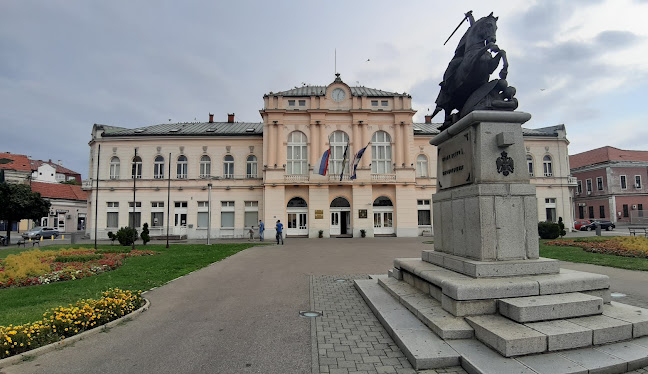
Agricultural Abundance
Located in the northeast, Bijeljina is surrounded by some of the country’s most fertile farmland. This gives the city a rich culinary culture, with fresh produce and traditional recipes defining its dining scene.
Cultural Landmarks
The Atik Mosque, built in the 16th century, stands as one of the city’s historic treasures. Bijeljina is also known for the Etno Village “Stanišići,” a recreated traditional settlement showcasing rural Bosnian life through architecture, handicrafts, and working mills.
A Gateway City
Bijeljina’s proximity to Serbia makes it an easy cross-border stop for travelers combining multiple Balkan destinations.
Travnik – The Ottoman Vizier’s City
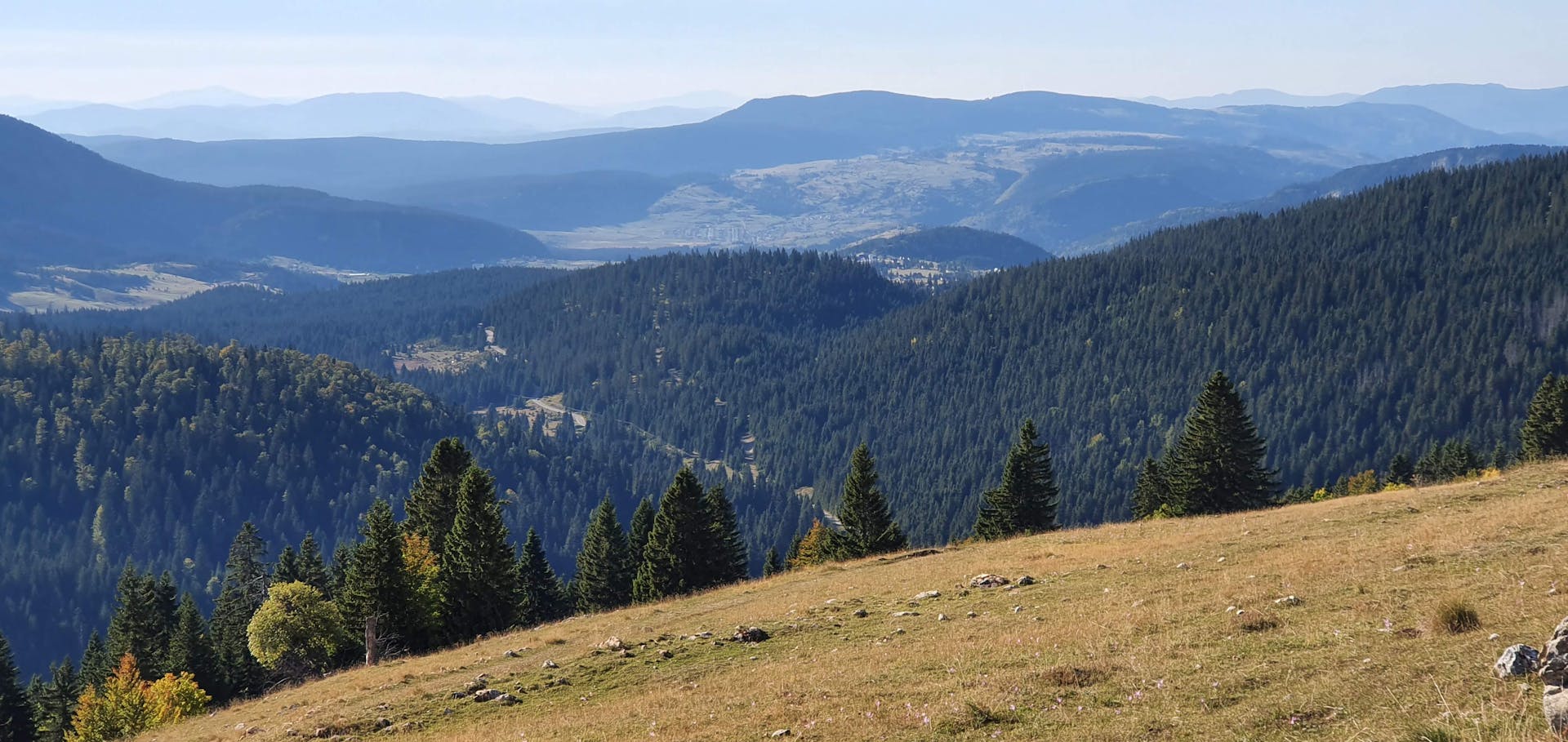
Historic Significance
Travnik served as the seat of Ottoman viziers for over 150 years, leaving it with a distinctive cultural and architectural heritage. The city’s fortress offers panoramic views over the valley, and the colorful mosques and clock tower mark the skyline.
Birthplace of a Writer
Travnik is also famous as the birthplace of Nobel Prize–winning author Ivo Andrić. His home is now a museum, giving visitors insight into his life and work.
A Culinary Specialty
No trip here is complete without sampling Travnik cheese, known for its creamy texture and tangy flavor, often paired with fresh bread from the local bakeries.
Stolac – Layers of History in Stone

Archaeological Riches
Stolac is one of the most historically layered towns in the country, with human settlement tracing back to prehistoric times. The Radimlja Necropolis, with its medieval stećci tombstones, is a UNESCO World Heritage site.
Blending Past and Present
The Old Town’s cobbled streets lead to Ottoman-era houses, stone bridges, and the remains of ancient fortifications. The Bregava River cuts through the town, providing picturesque picnic spots and shaded walks.
Prijedor – Art and Outdoor Access

Cultural Scene
Prijedor, in the northwest, has built a strong reputation for visual arts. The city hosts the “Prijedor Summer” festival, showcasing music, theater, and exhibitions that attract visitors from across the region.
Gateway to Kozara National Park
Kozara National Park is just a short drive away, offering dense forests, hiking trails, and war memorials. It’s an ideal escape for travelers wanting to combine city sightseeing with nature immersion.
Why Exploring Beyond Sarajevo Matters?
Each of these cities reveals a facet of Bosnia and Herzegovina that you won’t find in the capital alone. From Trebinje’s Mediterranean warmth to Bihać’s wild rivers, from the heritage-laden streets of Travnik to the student energy of Tuzla, this is a country best understood through its diversity.
Each of these cities reveals a unique facet of Bosnia and Herzegovina that you won’t find in the capital alone:
- Trebinje offers a Mediterranean warmth and coastal charm.
- Bihać is known for its wild rivers and stunning natural beauty.
- Travnik showcases a rich heritage through its historic streets and architecture.
- Tuzla buzzes with youthful energy as a vibrant university city.
Whether you travel by car, bus, or organized tour, plan your itinerary to allow enough time to slow down in each location. This way, you’ll uncover the layered stories, local flavors, and everyday moments that make Bosnia and Herzegovina truly compelling.
Stay Connected Across Bosnia and Herzegovina with Voye Global
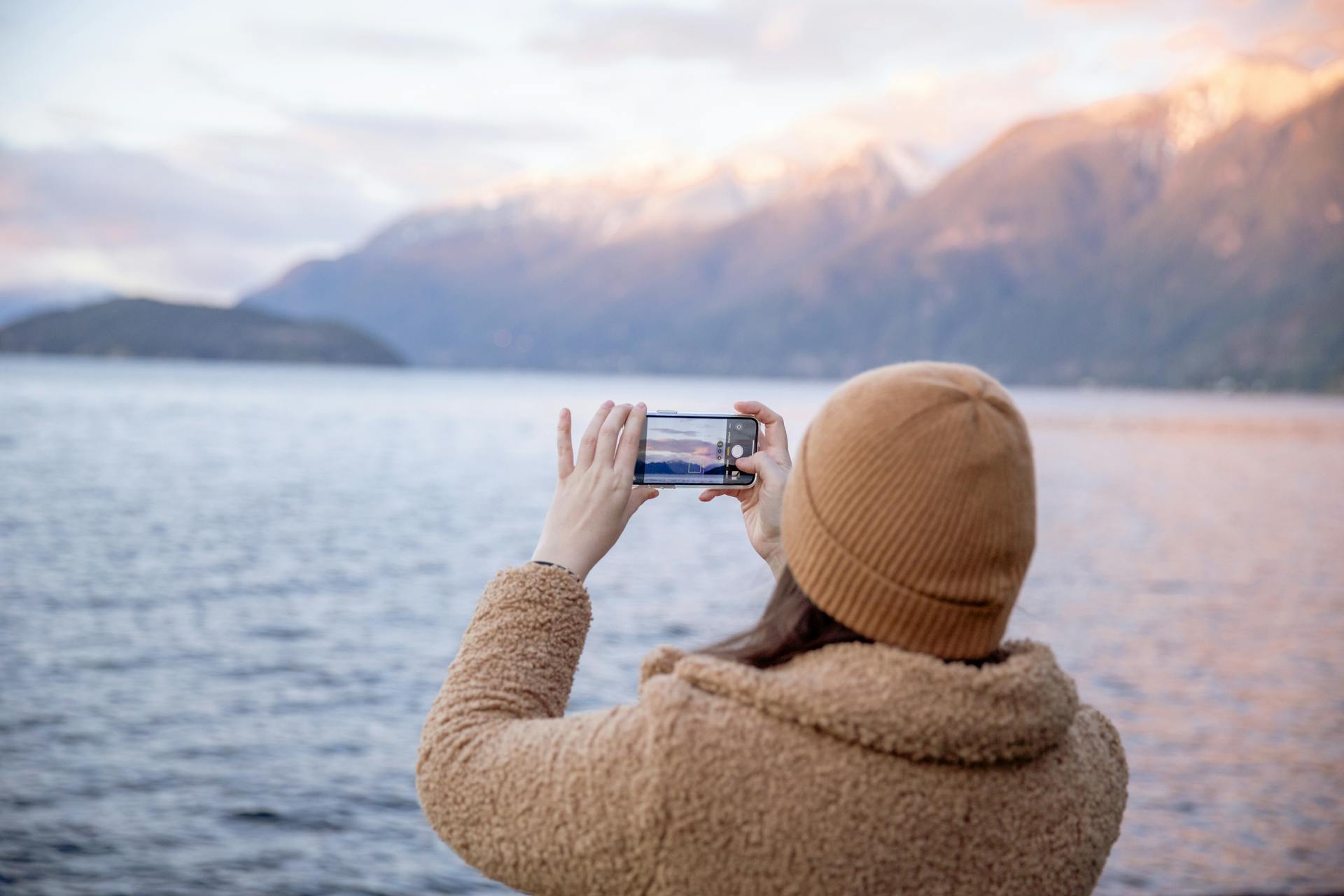
Voye Global is a travel-focused eSIM service designed for people who move – explorers, business travelers, and long-term wanderers alike. With coverage in over 130 countries, including Bosnia and Herzegovina, Voye Global ensures you have reliable mobile data without the hassle of buying and swapping physical SIM cards.
Why Choose Voye Global?
- Instant Activation – Install your eSIM in minutes without visiting a store.
- Multiple Network Access – Stay connected even when moving between rural towns and busy cities.
- Flexible Plans – Choose data packages that match the length and pace of your journey.
- No Roaming Fees – Pay for what you use without worrying about unexpected charges.
Whether you’re exploring Mostar’s bazaar streets, kayaking on the Una River, or driving through the hills of Livno, Voye Global helps keep your maps, translations, and bookings at your fingertips.
Save 15% With VOYE15
Enjoy instant access with our exclusive travel eSIM offer.
FAQs – Top Cities to Visit in Bosnia and Herzegovina That Aren’t Sarajevo
1. How long should I spend exploring beyond Sarajevo?
About 7–10 days gives enough time for 4–6 cities.
2. Best way to get between cities?
Buses work well, but driving offers more flexibility.
3. Is it safe to visit lesser-known cities?
Yes, most are safe – just follow normal travel precautions.
4. When’s the best time to go?
Late spring or early autumn for good weather and fewer crowds.
5. Do I need mobile data?
Yes, for maps, booking, and translations, an eSIM is ideal.
Seamless Mobile Data Everywhere







